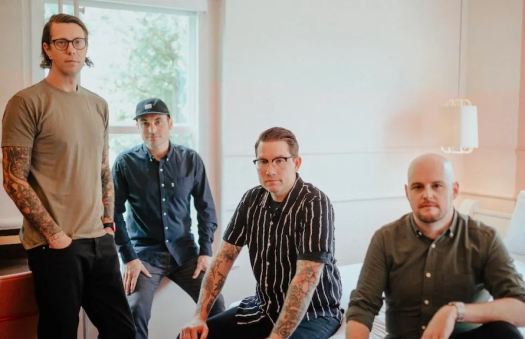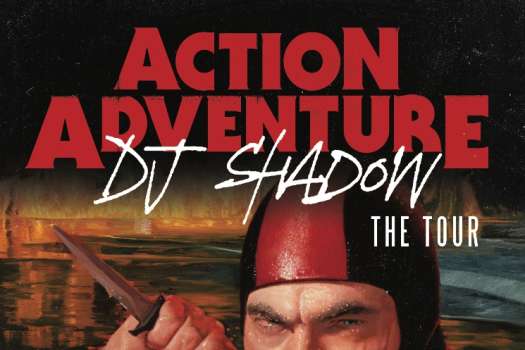After crystallising cyberpunk with his post-apocalyptic animé classic Akira, director Katsuhiro Otomo finally returns with Steamboy, his highly-anticipated attempt to do the same for another sci-fi subgenre steampunk. Set in an anachronistically advanced Victorian era think the League of Extraordinary Gentleman graphic novels Steamboy is about a family of inventors whose work with steam-powered technology drags the world into the age of science, for better and worse. The film revolves around the "steamball," a new energy source that, like nuclear energy, can power entire cities or fuel advanced weaponry. Thirteen-year-old Ray Steam finds himself caught in the middle of a techno-philosophical battle between its co-creators his steam-scarred father and crazed pacifist grandfather about science, progress and war. Even with an extra half-hour added onto the DVD Director's Cut, the family drama and political debates just aren't fully developed enough, forcing the film to fall back on its animation. Comprised of 180,000 excruciatingly detailed drawings, the movie seamlessly mixes hand-drawn cels and computer graphics, especially during its mega-destructo climax. It's also a gas to see familiar animé tropes flying castles, mecha, cyborgs retro-futuristically reformulated to fit this alternate past. Though it took ten years to finish the film, maybe ten minutes were spent translating the dialogue and casting the American voice actors. Patrick Stewart gives Grandpa Steam minor Picardian oomph and Spiderman 2's Alfred Molina is adequate given the script, but the lead is disastrously voiced by Stewart's X-Men colleague Anna Paquin. During the "Re-Voicing Steamboy" featurette, she marvels that a 23-year-old New Zealand woman can voice a 13-year Mancunian boy. But, of course, Paquin can't do it very well and becomes emblematic of a movie that aimed for epic but eventually, y'know, ran out of steam. (Columbia/Sony)
Steamboy
Katsuhiro Otomo

BY Joshua OstroffPublished Sep 1, 2005



